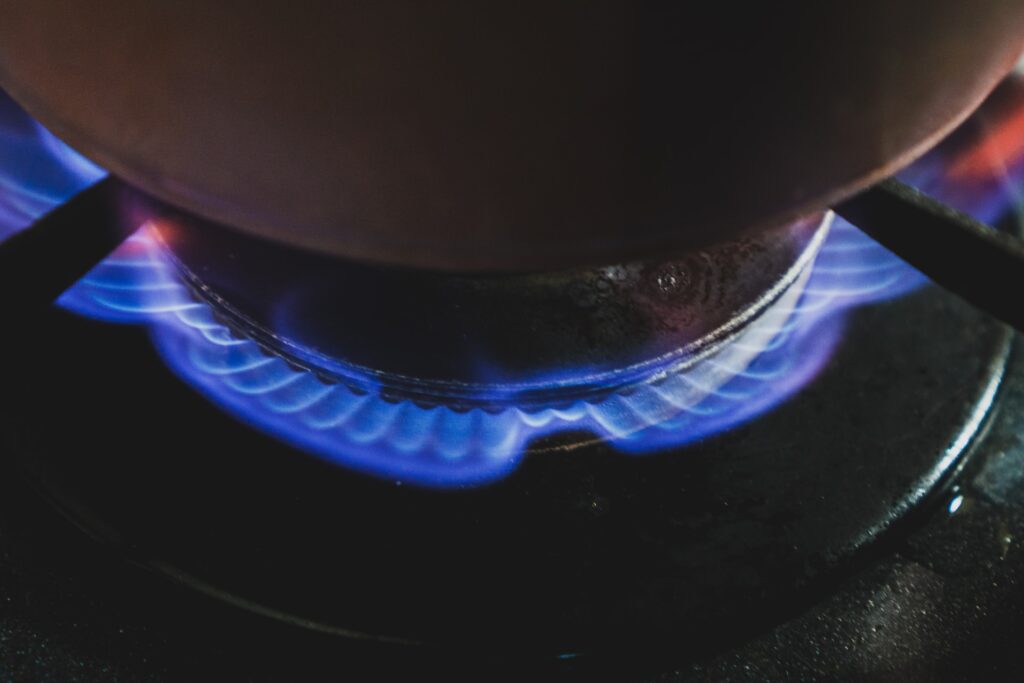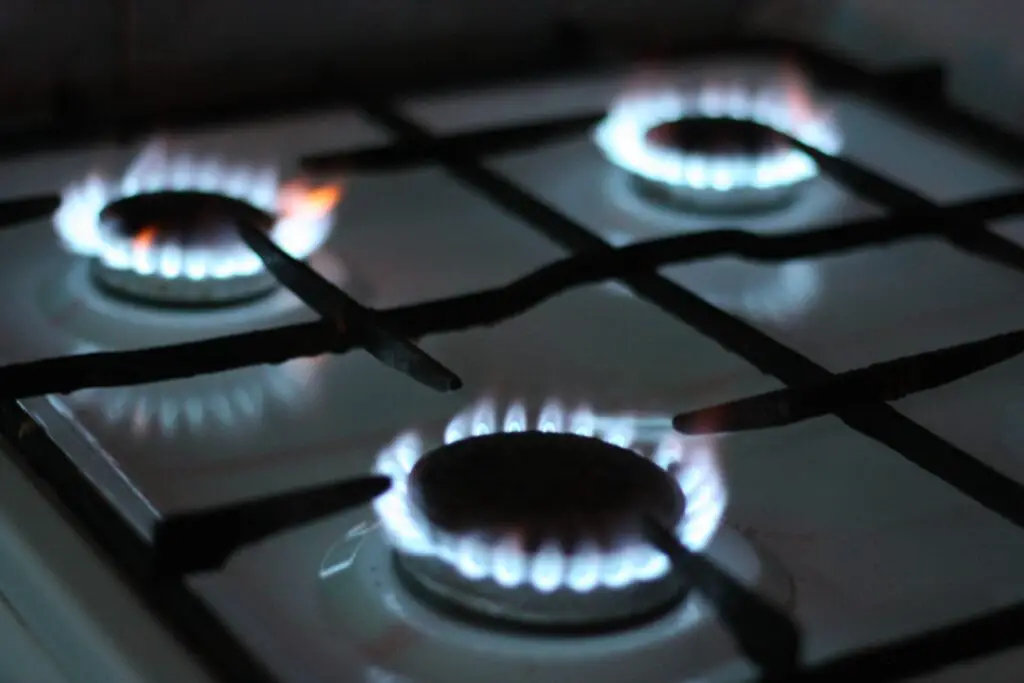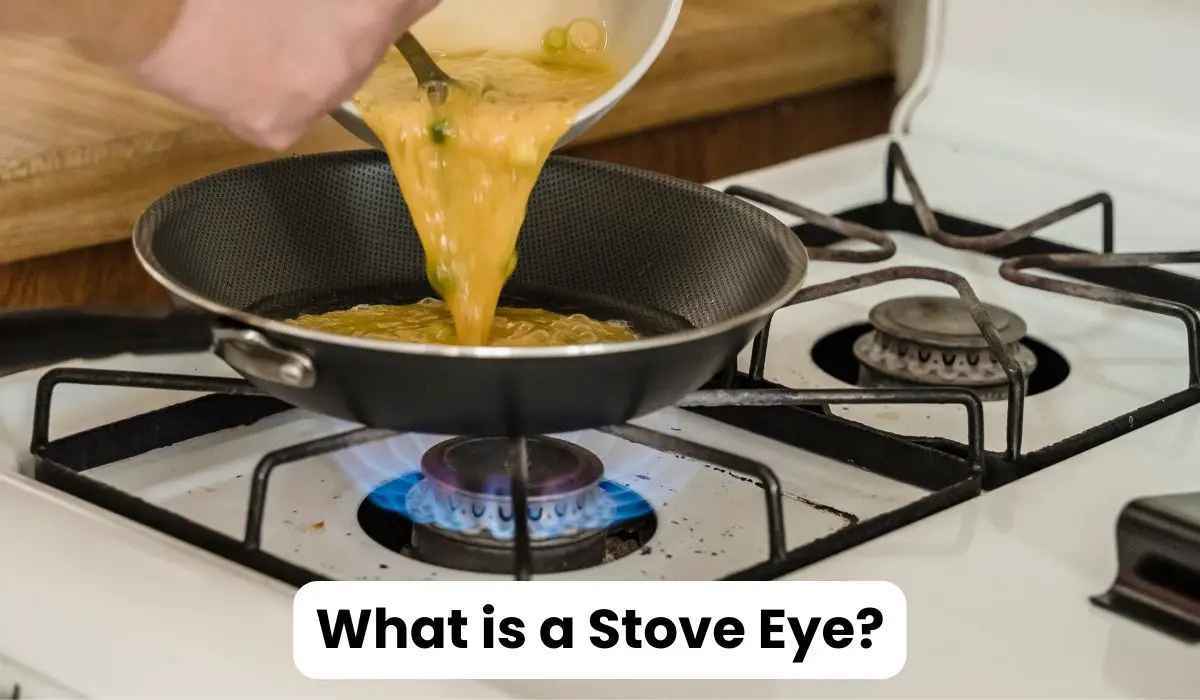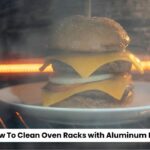Have you ever wondered what makes your kitchen stove cook up those delicious meals? Well, the secret ingredient behind the magic of cooking is something called a “stove eye.” But what is a stove eye, you may ask? It’s not a tiny eyeball watching over your culinary creations but rather an essential part of your stove that plays a crucial role in turning raw ingredients into mouthwatering dishes. In this article, we’re going to take a closer look at what a stove eye is, how it works, and why it’s such an important part of your kitchen.
So, whether you’re a budding chef or just curious about the inner workings of your stove, let’s dive into the world of the stove eye and uncover the delicious science it brings to your kitchen.
Table of Contents
What is a Stove Eye?

Imagine you have a magical cooking machine in your kitchen, which we call a stove. Now, think of the round, flat, or coil-shaped spots on top of this magical machine as its special helpers, like superheroes. These helpers are often called stove eyes because they have a superpower – they can make things really hot.
When you want to cook something like your favourite soup or spaghetti, you place a pot or a pan on top of one of these stove eyes. Then, you turn a knob or press a button to make the stove eye work its magic. It starts getting really hot, just like when you warm up by standing close to a cosy fireplace.
The heat from the stove eye goes into your pot or pan, and that’s how you cook your food. It’s a bit like having a secret fire in your kitchen that you can control with the knobs. So, while they might not look exactly like eyes, we call them “stove eyes” because they’re super good at heating up and making yummy meals for you.
Types of Stove Eyes
Understanding the various types of stove eyes is the first step towards mastering your cooking equipment. You’ll come across the following options:
1. Gas Burners
These burners use natural gas or propane to produce an open flame, providing instant and precise heat control.
2. Electric Coil Burners
These are recognisable by their spiral heating elements and offer even heating for your pots and pans.
3. Electric Smooth-Top Burners
Known for their sleek design, these burners have a glass-ceramic surface that’s easy to clean.
4. Induction Burners
Induction cooktops utilise magnetic fields to directly heat pots and pans, resulting in fast and efficient cooking.
How Stove Eyes Work:
Have you ever wondered how stove eyes work their magic? Let’s take a closer look at the science behind it:
Stove eyes operate by converting electrical or gas energy into heat. When you turn on a burner, the energy source heats the burner element, and this heat is transferred to your cookware, allowing you to cook your meals.
How Can You Clean Your Stove Eye?

Cleaning your stove eye is a simple but important task to keep your kitchen clean and safe. The stove eye is the round, flat surface on your stove where you place your pots and pans to cook your favourite meals. Over time, food spills and grease can build up on the stove eye, making it look dirty and even causing unpleasant odors. But don’t worry, cleaning it is easy, and I’ll show you how to do it step by step.
What You’ll Need:
- Dish soap
- Water
- Soft cloth or sponge
- Razor blade or scraper (for tough spots)
- Baking soda (optional)
- Vinegar (optional)
Step 1: Safety First
Before you start cleaning, make sure your stove is turned off and completely cool. You don’t want to risk burning yourself.
Step 2: Remove Grates and Burner Caps
If your stove has grates and burner caps, take them off. They’re usually removable and can be cleaned separately. This step will make it more comfortable to clean the stove eye itself.
Step 3: Wipe Away Loose Debris
Use a smooth cloth or sponge to wipe away any loose food crumbs or debris from the stove eye’s surface. This will make the cleaning process more effective.
Step 4: Create a Soapy Solution
To make a soapy solution, mix some dish soap with water. It doesn’t need to be too strong. Just a some drops of dish soap in a bowl of water will do.
Step 5: Soak and Scrub
Dip your smooth cloth or sponge into the soapy solution, wring out the excess water, and gently scrub the stove eye. For stubborn stains, you can let the soapy water sit on the stains for a few minutes to loosen them. Be gentle so you don’t scratch the surface.
Step 6: Use a Razor Blade (Carefully)
If you have tough, stuck-on gunk that won’t come off with just soapy water, you can use a razor blade or scraper. Hold it at a shallow angle and gently scrape the residue. Be very cautious not to scratch the surface, and always keep your fingers away from the blade.
Step 7: Rinse and Dry
Once you’ve removed all the stains and grime, rinse the stove eye with clean water to get rid of any soap residue. Then, dry it with a clean and smooth cloth to prevent water spots.
Optional Steps:
Baking Soda: If you are dealing with tough stains, create a paste by combining baking soda with clean water. Apply the paste to the stain, let it sit for a while, and then gently scrub it away.
Vinegar: Vinegar is great for removing odors. After cleaning, you can wipe the stove eye with a vinegar-soaked cloth to freshen it up.
Step 8: Replace Grates and Burner Caps
Once everything is clean and dry, put back the grates and burner caps if you removed them earlier.
And that’s it! Your stove eye should now be clean and ready for your next cooking adventure. Regularly cleaning your stove eye will not only make your kitchen look better but also keep it a safe and healthy place to cook delicious meals.
What Materials Are Used To Make Stove Eye?

Stove eyes are essential parts of your kitchen stove, and they’re where all the magic happens when you cook your favourite meals. But have you ever wondered what materials are used to make stove eyes? Well, let’s explore:
1. Iron and Steel
Stove eyes are mostly made from materials like iron and steel. These metals are tough and can handle high temperatures without melting. They are often used to create the sturdy grates that support your pots and pans. Iron and steel are great choices because they can endure the heat and weight of your cooking.
2. Ceramic or Glass
You might have seen some stoves with a smooth, glass-like surface. This is usually made from ceramic or tempered glass. These materials are used for electric stoves. They look sleek and are easy to clean. Just be careful not to drop anything heavy on them, as they can crack or shatter.
3. Cast iron
Cast iron stove eyes are a bit like a combination of iron and steel. They are super durable and can hold heat for a long time. You’ll often find cast iron in older stoves, like those classic ones you might see in grandma’s kitchen. People love them for their even heating and long-lasting qualities.
4. Aluminum
Some stoves use aluminium for their stove eyes. Aluminum is a lightweight metal, so it’s easy to move around. It also heats up quickly, which is great for cooking. However, it’s less durable than iron or steel, so it might only last for a while.
5. Ceramics and Porcelain
Ceramic and porcelain materials are sometimes used to make the surface of stove eyes. They come in various colours and designs to match your kitchen’s style. These materials are good at resisting stains and are easy to wipe clean.
So, in a nutshell, stove eyes are made from a variety of materials. Still, the most common ones are iron, steel, cast iron, aluminium, ceramic, and porcelain. Each material has its unique qualities, and the one used in your stove can depend on the type of stove and its design. Now you know a bit more about what’s behind the stove eye that helps you cook up those delicious meals.
Gas Stove Eye vs Electric Stove Eye: Which One’s Better?

Gas stoves and electric stoves are like the superheroes of your kitchen. They both help you cook tasty meals, but they have different powers. Let’s find out which one is right for you.
Gas Stove Eyes:
Gas stoves use flames to cook your food. When you turn the knob, gas flows to the stove eye, and a little spark ignites it. That’s what makes the flame. You can control the heat by turning the knob higher or lower.
Features:
Instant Heat: Gas stoves heat up super fast, so you can start cooking in no time.
Precise Control: You can adjust the flame to just the right temperature for your cooking. It’s like having a magic wand to control your food.
Great for Cooking Pros: Many chefs love gas stoves because they give them total control over the cooking process.
Electric Stove Eyes:
Electric stoves use electricity to heat coils or smooth glass surfaces. When you turn the knob, electricity flows to the stove eye, and it starts to get hot. The coils turn red, and the glass surface warms up.
Features:
Even-Heat: Electric stoves provide even heat across the whole stove eye. This helps your food cook evenly.
Easy to Clean: Smooth glass surfaces are a breeze to clean. You can wipe away spills with a swipe of a cloth.
Safety: Electric stoves often have a safety feature where the surface doesn’t get too hot. That’s great for avoiding burns.
Which One’s Better for You?
Choosing between chocolate and vanilla ice cream depends on personal taste. If you want super-fast cooking and precise control, a gas stove might be your pick. But if you like even heating and easy cleanup, an electric stove is your hero.
Remember, both gas and electric stoves can cook amazing meals. So, you can be a kitchen superhero no matter which one you choose. Ask your grown-up kitchen helper which one they like, and you can start cooking up your delicious adventures.
Conclusion:
At the end of this article, we’ve uncovered the mystery of the stove eye and demystified its role in cooking. Just like the eye is crucial for seeing, the stove eye is essential for heating and cooking delicious meals. Whether you’re frying, boiling, or simmering, the stove eye is your kitchen’s trusty companion.
So, the next time you turn on your stove, remember that it’s the stove eye that’s working hard to bring the magic of cooking to your kitchen. Keep experimenting with different recipes, and you’ll soon become a stove-eye expert, creating tasty dishes that will delight your taste buds.
FAQs
How often should I clean my stove eye?
It’s advisable to clean your stove eye after each use to prevent the buildup of grime and residue.
Can I use any type of cookware on my stove eye?
The type of cookware you can use depends on the stove eye type. For example, induction stoves require magnetic cookware.
Is it normal for my electric stove eye to glow red when it’s hot?
Yes, the red glow is a sign that the burner is heating up. It’s perfectly normal.
Are there energy-efficient options for stove eyes?
Yes, induction stoves are known for their energy efficiency, as they heat the cookware directly.



